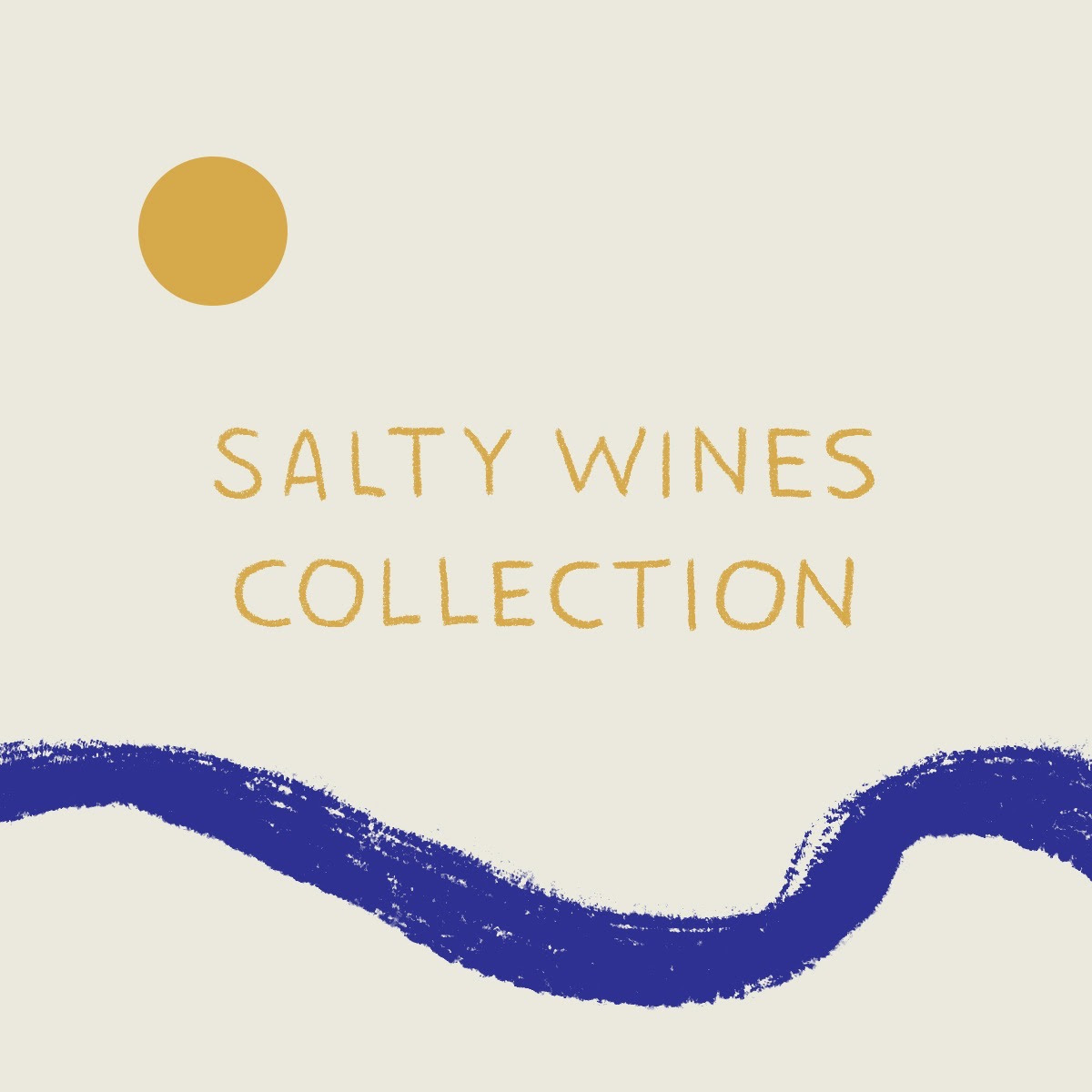The descriptor "salty" is the hottest buzzword in the world of wine today. Often used by sommeliers or seen in professional tasting notes. This new flavor in wine is natural and something we like as it adds another mineral complexity. We assure you that no winemaker is adding salt during vinification and doing the Salt Bae move […]

What’s in a List?
Written by Sommelier Judd Labarda, Artwork by Bianca Juani
Creating a wine list can often be as exhilarating a task as it can be nerve-racking. On one hand, working with wine is fun: With thousands of varietals, hundreds of regions, and a plethora of producers—the possibilities are limitless. And yet, it is exactly this reason why crafting The List is a Sudoku puzzle that sommeliers live to crack.
Whether it’s writing a list from scratch or choosing which wines to feature in a dinner, here are just a few things I like to keep in mind:
- Food, Glorious Food
It goes without saying that food and wine are just more pleasurable together. The ancient Armenians drank wine with their food for survival in 4100 BC, and we do so in the comfort of our homes now to survive boring Friday nights during the pandemic.
Unless you’re creating a list for a wine bar, you’re going to want to keep food in mind when selecting wines. Know your menu and ask the kitchen about key elements in each dish, so you can pair them with certain elements in wine.
You don’t have to stick to classic pairings like citrus-driven, Southeast Asian-inspired seafood fare with aromatic high-acid whites, either. Possibly, the most out-of-the-box pairing I’ve ever done was a chicken Inasal-inspired pulpo dish paired with a Blaufrankisch from Austria.
- Be Our Guest
Just as it is important to know your food, the people are the meat and potatoes of the food and beverage industry, so it’s worth taking note of what wines most guests normally look for.
While it’s tempting to feature multiple off-the-beaten-path wines, guests gravitate toward familiar regions and varietals. People are more likely to have heard of Cabernet Sauvignon from California or Tempranillo from Rioja than Fiano from Campania.
Which is not to say you shouldn’t put out-of-left-field wines on your list. Sometimes, you’ll get wine enthusiasts who want to geek out to the one Lagrein from Alto Adige on your list. I’ve had several guests who quite enjoyed hearing about Villard’s skin-contact Ramato Pinot Grigio, for example.
- Style
A versatile wine list is just as essential a tool in a sommelier’s utility belt as his wine key. Keeping in mind both your menu and your typical guest, the last thing you want is to be caught with your pants down without a particular style of wine to recommend.
A reliable list will have different styles of wine: reds, whites, rosés, sweet, and sparkling options. But a well-prepared list takes it a step further with full-bodied, medium-, and light-bodied sub-categories, for example. You never want to be asked for a Pinot Noir, and have only Shirazes and Cabernets to offer.
If your inventory can handle it, have at least two wines of each style of varying price points. Run out of that entry-level Pinot? Perfect time to upsell that mid-range medium-bodied red, such as Viña Zorzal Graciano.
- With a Little Help From My Friends
In a perfect world, my list would have at least one wine from every supplier in the trade. But keeping in mind inventory budgets, minimum order quantities, and how efficiently I can move wines, I’d want to consider working with a handful of portfolios whose styles and price points meet my needs.
Of course, a portfolio isn’t the only measure. Personally, I’ll go out of my way to work with a reliable supplier, even if the range is limited.
When working with food and beverage, anything and everything will happen especially when you least expect it, so I always appreciate when the awesome people of the trade help mitigate this surprise factor.
- Let’s Get Personal
At the end of the day, the wine list is meant to tell your story just as much as the restaurant’s or even the individual wines and producers on it.
Yes, it’s meant to complement the food on the menu, bring pleasure to your guests, and make sure the business-end of things are in optimum condition—but how a list has been crafted is just as telling of how you’ve worked to bridge the gap between all of these factors while expressing what you value most as a sommelier.
When you BLIC it down: A successful wine list is able to convey balance among the different regions, varietals, and styles that comprise it. It is representative of the length of the centuries-long history of people, food, and wine. It is indicative of the intensity at which you are passionate about what you do. And, more importantly, it is able to touch on the complexity of what makes wine such a human experience.


